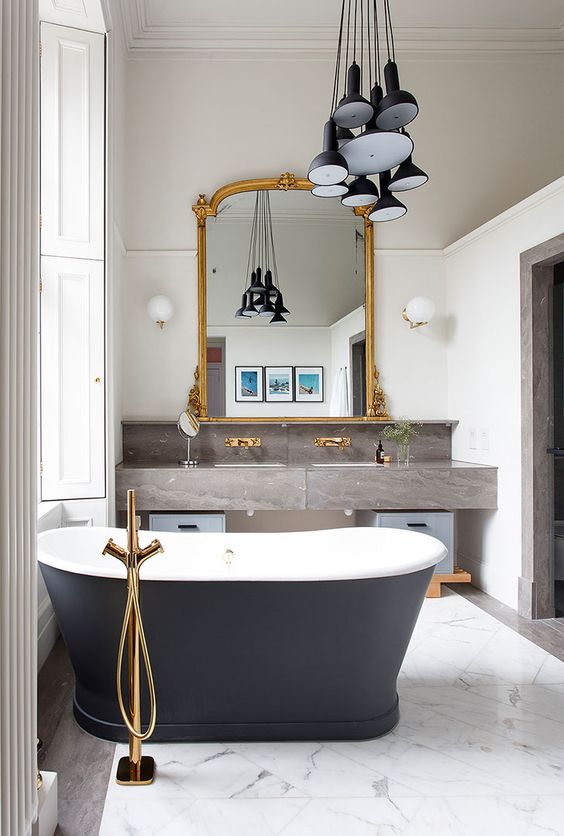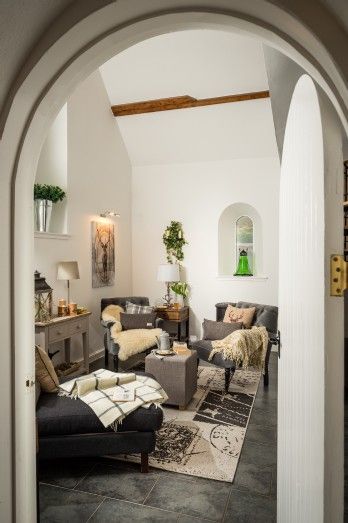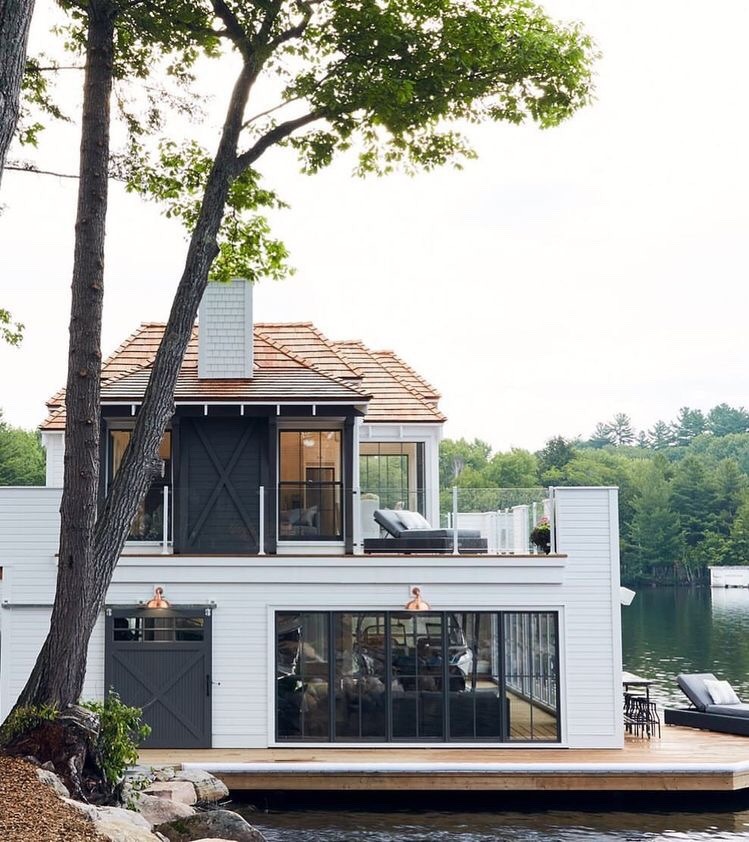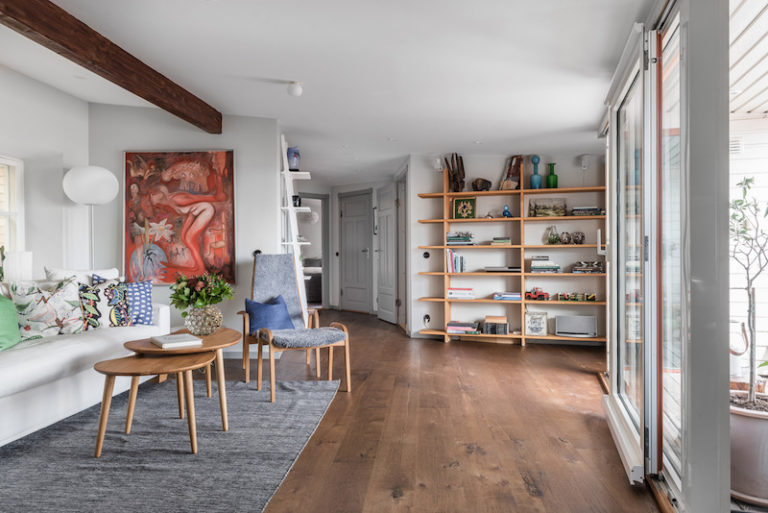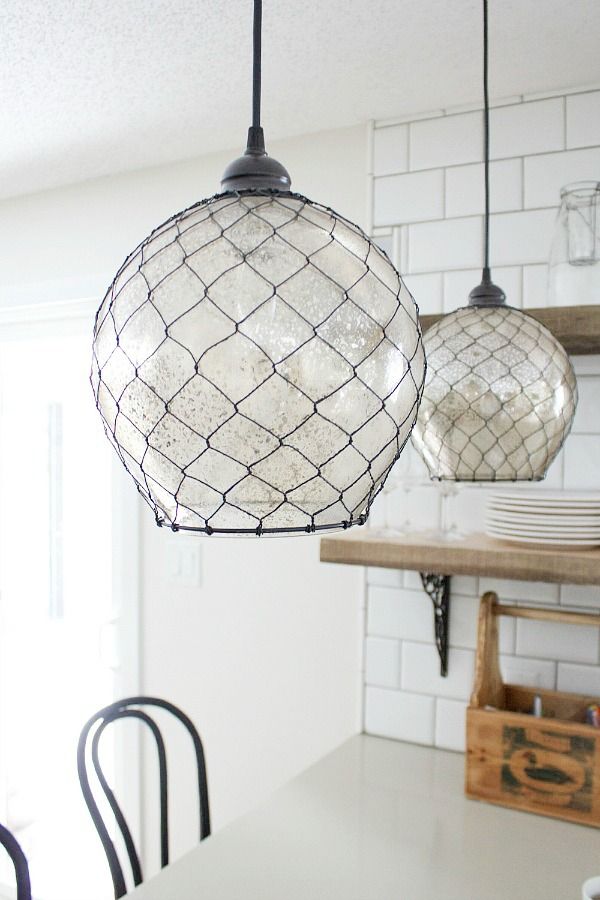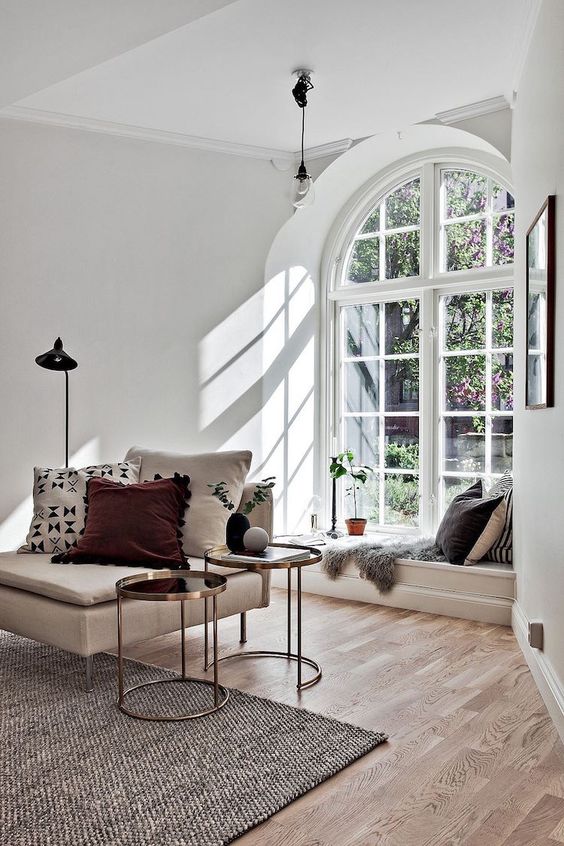Should You Consider Underfloor Heating When Living in Scotland?
Scotland is famous for its IRN bru, haggis, kilts, and the cold, rainy climate. You have to be a special kind of person to enjoy being cold and although wearing multiple layers and snuggling up in heaps of blankets next to a radiator is a cosy method of warming yourself up, it is very inconvenient when it comes to doing anything productive.
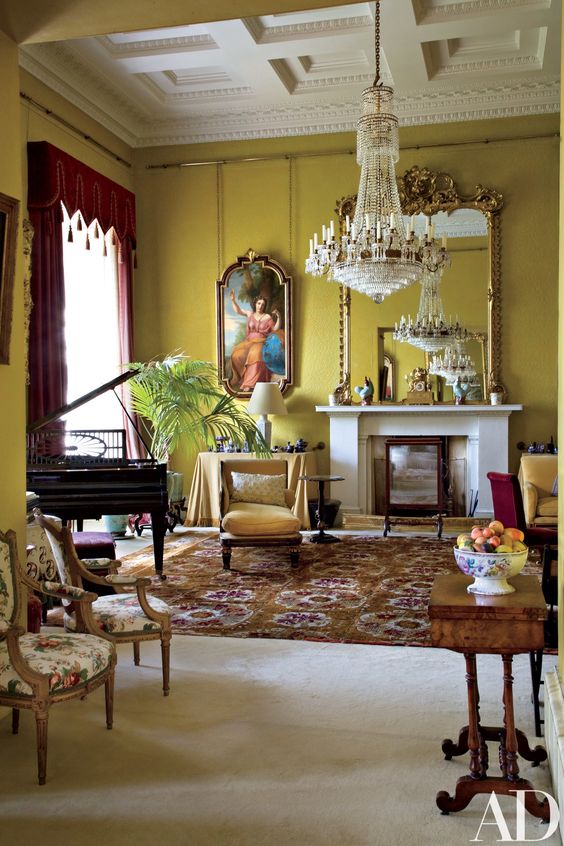
That is where the underfloor heating comes in. It is a brilliant method of warming up your home, walking on it is lovely, it frees up wall space (as they don’t have to be cluttered with radiators), and heat is evenly distributed around the house. However, the installation can be costly, especially in an older home, so it is a decision that requires plenty of planning before jumping into getting it.
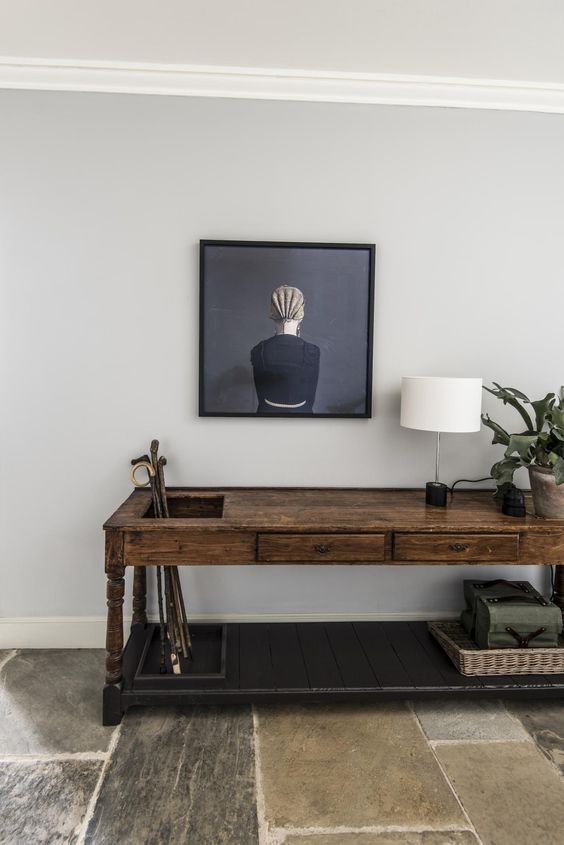
Today, we will be having a look at whether you should or should not consider getting underfloor heating. We will take a look at the pros and cons as well as the types of systems available, so you can see if it is the right thing to install into your home. We will also explore other ways you could be saving yourself some money.
The Pros of Underfloor Heating
Underfloor heating Aberdeen does help to provide a lot of comfort in your home, especially during the harsh Scottish winters; you can read up on the benefits of underfloor heating here. You will have lovely warm feet when wondering the house barefoot, whatever the weather is like in Aberdeen, Dundee, Glasgow, or the Highlands and Islands. This is especially hospitable after stepping out of the shower or bath.
The heat that is distributed from an underfloor heating system is even and consistent. Once it has been installed, underfloor heating can actually reduce the cost of your heating bills. This is because an appropriately sized unit can warm up a greater area than a single radiator and the temperature in which it functions is lower, saving you money.
Underfloor heating is also more ecologically friendly as the heat is less likely to dissipate when windows are open, meaning there’s less heat wastage.
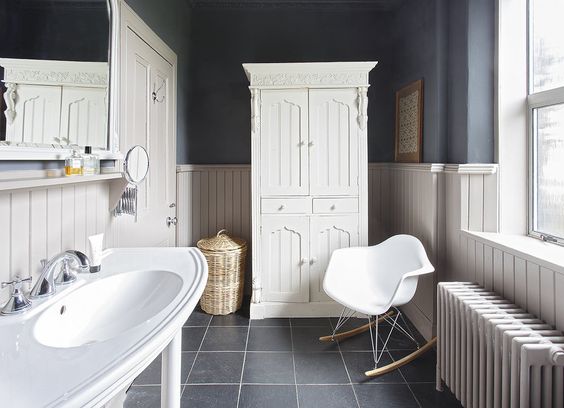
The discreteness of underfloor heating is brilliant if you require a lot of wall space or if you want a minimalist look to your home, as the heating system is all underground. It is possible to install it under tile, wood, stone and even carpet (as long as the carpet isn’t too thick).
Finally, the selling price of your home tends to increase as people see underfloor heating as being modern and luxurious.
The Cons of Underfloor Heating
The main issue of underfloor heating is the price of installing it. It is usually an expensive and tricky process. So, even if your heating bills are reduced after it has been installed, you are unlikely to save enough money to cover the initial outlay. In old buildings, being able to create the right conditions underground can take a considerable amount of time and cause a lot of commotion. Once installed, the time it takes for the heating system to come into effect can be lengthy.
To guarantee a warm room when you need it, it is highly recommended that you use a timer. Underfloor heating can’t be used under some of your furniture and/or fittings, which may restrict your furniture arrangements. If you want to have underfloor heating installed throughout the house, then you may have to remove some of your larger, heavier items completely.
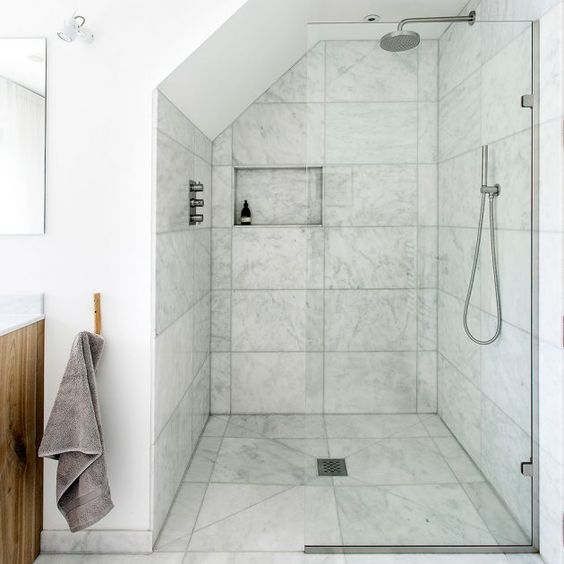
If you get a smaller underfloor heating system installed, then only certain areas of your room will be warm, so to avoid having cold areas then you will still need to have radiators.
Water-Based Underfloor Heating System
A water-based underfloor heating system is also known as ‘wet’ heating. The way it functions is by hot water being pumped through a network of underfloor pipes or solar panels linked to your boiler. They are not easy to install and you will require an expert for installation. It is very expensive to install this system and any money you save from heating bills won’t ever be able to repay the installation cost. The efficiency of water-based underfloor heating is better than that of a radiator because it doesn’t need to get as warm. You may need to make some structural changes to your home such as raising the level of your floor if there isn’t enough room below.
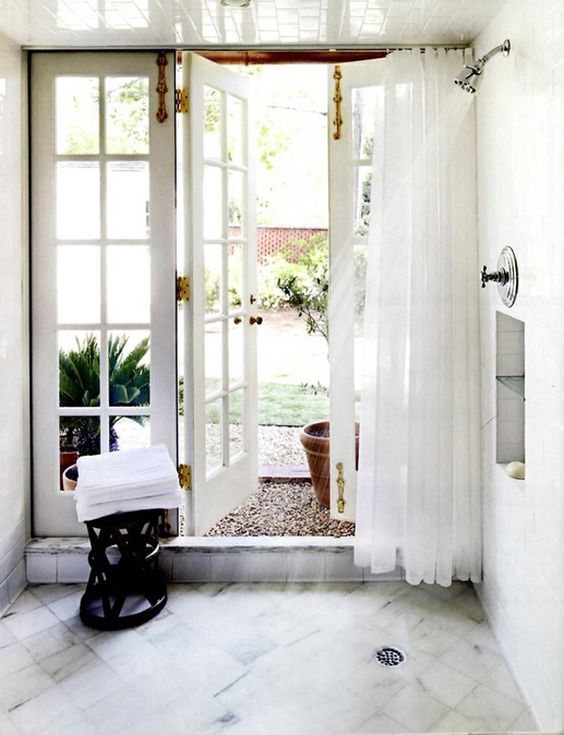
Electric Underfloor Heating System
An electric underfloor heating system is often called a ‘dry’ system. It works via a wired mat installed under the floor. Loose-fit wiring is the best fitting for a smaller or more awkward space. Cables or ready-made mats can be rolled out, which is best for bigger areas. The electric underfloor heating system can be done yourself if you are particularly handy, if not, it is a cheaper option (compared to water-based systems), as they aren’t too difficult to install and work better for hard to reach spaces.
The cost of heating controls and a qualified electrician to connect the heating system to your electricity supply also needs to be considered. To avoid losing heat to the ground below, structural changes such as a layer of insulation underneath the wiring or mats is necessary. The cost of running electric underfloor heating systems is more expensive than water-based systems.
Installation
Always speak to a specialist before you decide to invest in any equipment to install underfloor heating. This prevents you from making the wrong decision by finding the right system for your home. A specialist will also be able to explain any difficulties you may face and all the costs that will be involved in installing the system yourself. Water-based systems require a trained professional no matter what as pipes need to be laid and they have to be connected to your boiler. Installation plus screed will also need to be laid.
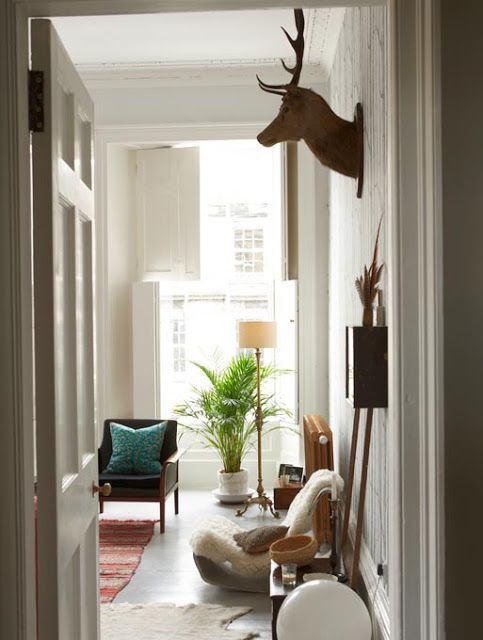
All over Scotland, there are companies that provide underfloor heating, Aberdeen, Glasgow, and Edinburgh are the three most populous cities in Scotland, so residents here will have plenty of options available to them. However, if you decide to go for an electric underfloor heating system and consider yourself as confident and skilled when it comes to DIY practices, then it is possible for you to install this system yourself. Whatever you decide to go for, both systems will need to be linked to the electricity supply. This must be done by a qualified electrician. They will also have to link up a sensor, which will work the thermostat.
Other Ways to Warm Up Your Home
The key to a warm home is insulation. Insulating the walls of your house, your roof, and improving your heating system are all ways that will definitely help when it comes to keeping your home warmer, and they can also help with saving you hundreds of pounds on heating bills as well. You will also dramatically reduce the amount of carbon dioxide that your home emits, which is really great for the planet.
Global climate change is a major issue. Improving the efficiency of a single home may not change the world, but if every homeowner in Scotland made at least one improvement to their home, a fantastic difference could be made. Examples of ways to insulate your home are cavity wall insulation, getting draught excluders for outdoor windows, letterboxes, and doors, replacing old windows with double glazing, and replacing old boilers (15+ years old) with an up-to-date A-rated condensing boiler.
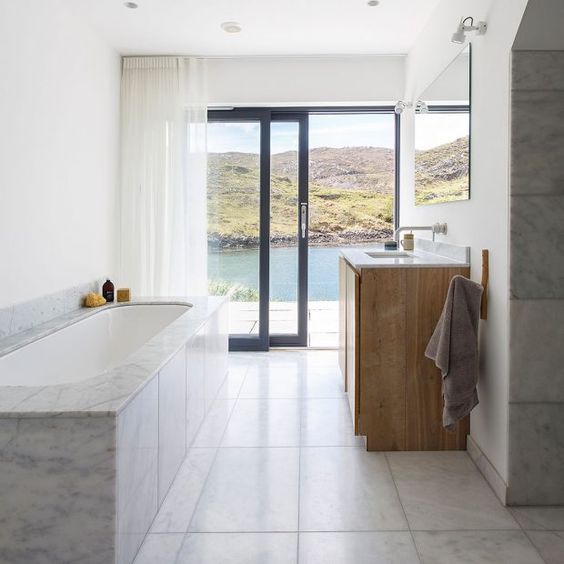
Ways to Cut Down Your Energy Costs
Because underfloor heating can be costly to install, you may need to find alternative ways to save money on your energy bills. A start is to check that your home plus all your electrical appliances are working in an efficient way. Some recommendations include only boiling the volume of water you need when using the kettle, turning appliances off at the wall and not leaving them on standby, installing efficient light bulbs, defrosting your freezer on a regular basis, putting an insulating jacket on to your hot water tank, and when you use your washing machine, don’t ever set it higher than 30 degrees.
If you think you are paying too much, it is always worth considering switching providers. It doesn’t matter what energy company you are with currently, it is always worth checking up on the market as often as you can, just to see whether or not you could be saving yourself some money if you decide to switch.
So, that is everything covered. If the cold Scottish climate is starting to bother you more than it should and an underfloor heating system seems like the best way, then go for it. Make sure you do plenty of research and don’t be afraid to ask advice from a professional, so you can get the right system for the set up in your home. Whether you do or don’t decide to go ahead with the underfloor heating, please still consider alternative methods, as these will both help to save you money, as well as looking out for the planet.

